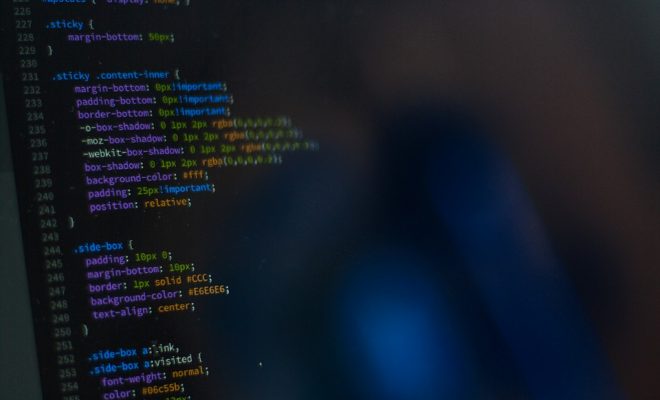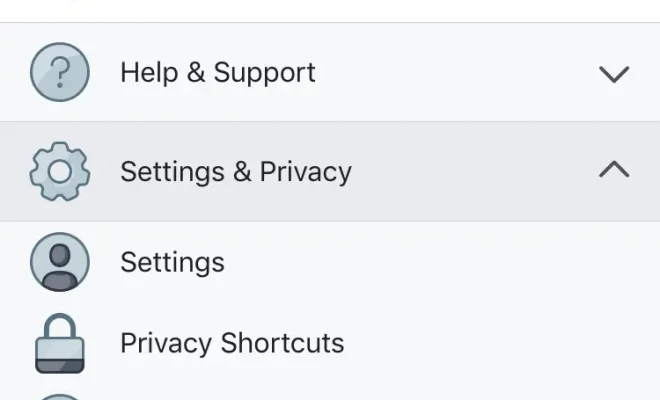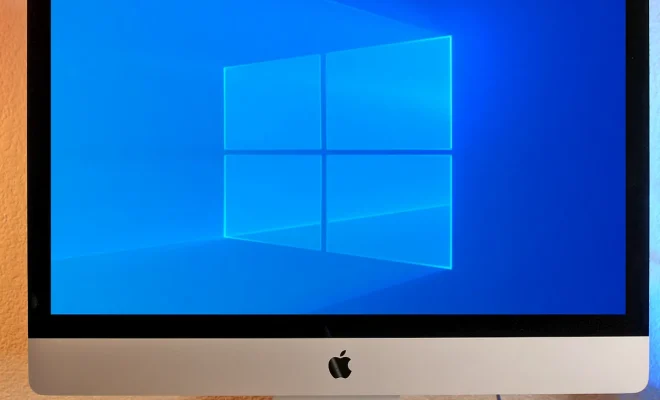Signs Your Mac Is Infected With a Virus (and How to Check)

Macs, by their nature, have generally been considered more resistant to viruses than their Windows counterparts. However, as the popularity of Apple products has grown, so has the number of malicious actors looking to exploit vulnerabilities in macOS. While Mac viruses are still relatively rare, they do exist, and it’s important to be able to recognize the signs of infection in order to protect your device and your personal data.
Here are some common signs that your Mac may be infected with a virus:
1. Slow Performance: One of the most noticeable signs of a virus infection on a Mac is a sudden drop in performance. If your normally speedy device has suddenly become sluggish, it may be an indication that malware is taking up valuable resources and causing your system to work harder than it should.
2. Pop-ups and Ads: If you’re seeing an excessive amount of pop-ups and ads, particularly those that seem to come out of nowhere or are difficult to close, you may have adware installed on your Mac. This type of malware inserts itself into your web browsing experience and can be particularly annoying.
3. Unwanted Toolbars/Extensions: Some malware may install unwanted toolbars or browser extensions that you didn’t choose to install. These can be difficult to remove and can impact your browsing experience.
4. Random Crashes: If your Mac is crashing frequently and with no apparent reason, it may be due to a virus infection. Malware can cause software conflicts and instability in your operating system that can lead to crashes.
5. Unusual Network Activity: If you notice that your Mac is connecting to a lot of unfamiliar or suspicious IP addresses, it could be a sign that malware is attempting to communicate with a remote server.
So, how can you check if your Mac is infected with a virus? There are a few different approaches you can take:
1. Install Anti-Virus Software: One of the best ways you can protect your Mac from viruses is to install anti-virus software. Many reputable companies offer free or paid versions of their software that can scan your computer for malware and offer real-time protection.
2. Use Apple’s Built-in Malware Scanner: macOS includes a built-in malware scanner called XProtect that can detect and remove some common types of malware. You can access it by opening the System Preferences app, selecting “Security & Privacy,” and clicking on the “General” tab. If there are any detected threats, they will be listed here.
3. Check Your Running Processes: You can use Activity Monitor (found in the Applications > Utilities folder) to see what processes are currently running on your Mac. If you notice any strange or suspicious processes that you don’t recognize, it may be a sign that there is malware running on your system.






